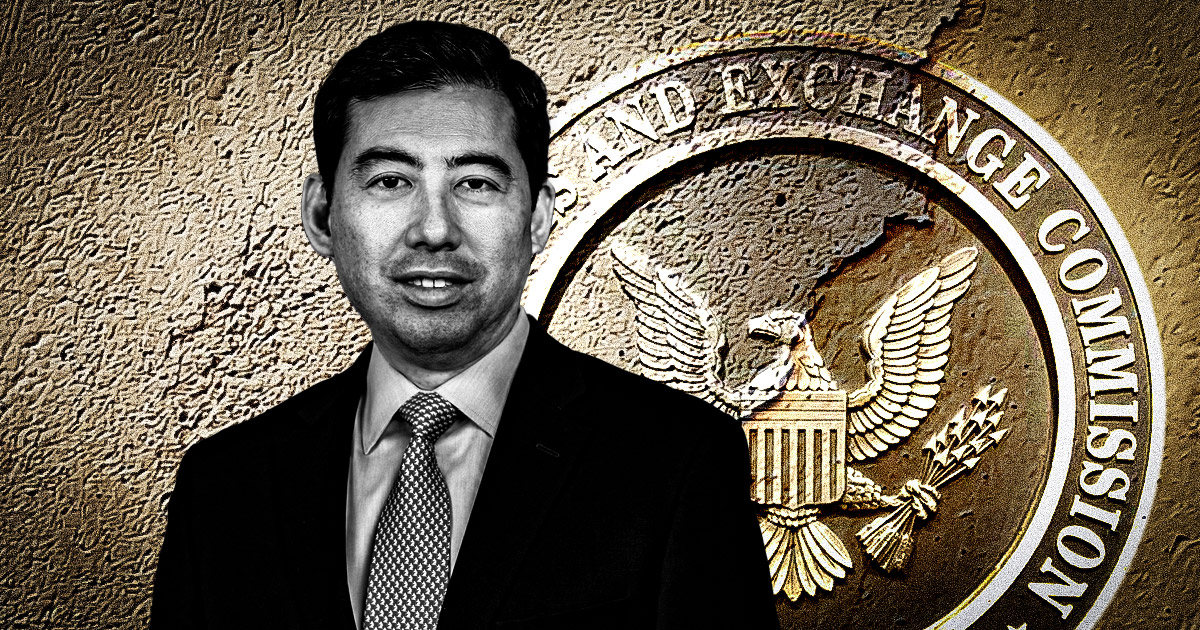Conditional Regulatory Sandbox for Blockchain-Based Securities Trading
The Securities and Exchange Commission (SEC) acting chairman Mark Uyeda has proposed the creation of a conditional regulatory sandbox for blockchain-based securities trading. This framework would enable registrants and non-registrants to explore blockchain-based trading solutions without full regulatory approval, subject to compliance with defined conditions.
SEC’s Proposal for a Conditional Regulatory Sandbox
During the SEC Crypto Task Force’s second roundtable on April 11, which focused on crypto trading platforms, Uyeda made remarks that suggested a time-limited, conditional exemptive relief framework to support continued innovation while maintaining regulatory oversight. This framework would allow market participants to test and operate blockchain-based trading solutions without full regulatory approval, subject to compliance with defined conditions.
Federal Framework to Enhance Crypto Trading
Uyeda acknowledged that the first digital asset trading platforms were developed outside federal jurisdiction, often under state-level regulation through money transmitter licenses. This led to a patchwork of regulatory approaches, with some platforms needing up to 50 different licenses to operate nationally. He suggested that an accommodating federal regulatory framework might streamline compliance for entities offering trading in both tokenized securities and non-security digital assets.
However, existing federal securities laws present barriers to integrating blockchain-based systems into traditional securities markets. Uyeda cited limitations under current rules for broker-dealers and national securities exchanges, particularly regarding listing requirements and order protection regulations. Most tokenized securities remain unregistered, making them ineligible for listing on national exchanges. Further complications arise from the structural differences between traditional and crypto trading platforms.
While traditional exchanges separate custody, execution, and clearing, most crypto platforms are vertically integrated entities that combine these functions. Uyeda noted that the federal securities laws did not anticipate technologies such as blockchain or smart contracts performing roles typically reserved for transfer agents or clearinghouses.
Operational Advantages of Blockchain Technology
Despite these challenges, Uyeda recognized the operational advantages distributed ledger technology offers. He highlighted blockchain’s potential for real-time collateral management, greater capital efficiency, and continuous trading via decentralized protocols. These features could offer execution and clearing benefits not present in legacy systems.
Call for Industry Input
Uyeda encouraged market participants to provide input on how and where such exemptive relief could be implemented most effectively. This would enable the SEC to design a framework that balances innovation with regulatory oversight, promoting the growth and development of the crypto trading industry.
FAQs
Q: What is the SEC’s proposal for a conditional regulatory sandbox?
A: The SEC’s proposal involves creating a time-limited, conditional exemptive relief framework to support continued innovation while maintaining regulatory oversight.
Q: What are the benefits of a federal regulatory framework for crypto trading?
A: A federal regulatory framework could streamline compliance for entities offering trading in both tokenized securities and non-security digital assets, reducing the need for multiple licenses and regulatory approvals.
Q: What are the challenges to integrating blockchain-based systems into traditional securities markets?
A: Existing federal securities laws present barriers to integrating blockchain-based systems, including limitations on listing requirements and order protection regulations, as well as structural differences between traditional and crypto trading platforms.
Q: What are the operational advantages of blockchain technology?
A: Blockchain technology offers real-time collateral management, greater capital efficiency, and continuous trading via decentralized protocols, which could provide execution and clearing benefits not present in legacy systems.
Conclusion
The SEC’s proposal for a conditional regulatory sandbox represents a significant step towards facilitating the growth and development of the crypto trading industry. By creating a framework that balances innovation with regulatory oversight, the SEC can promote the adoption of blockchain technology while ensuring investor protection and market integrity. As the industry continues to evolve, it is essential for market participants to engage with the SEC and provide input on how to design an effective regulatory framework.










